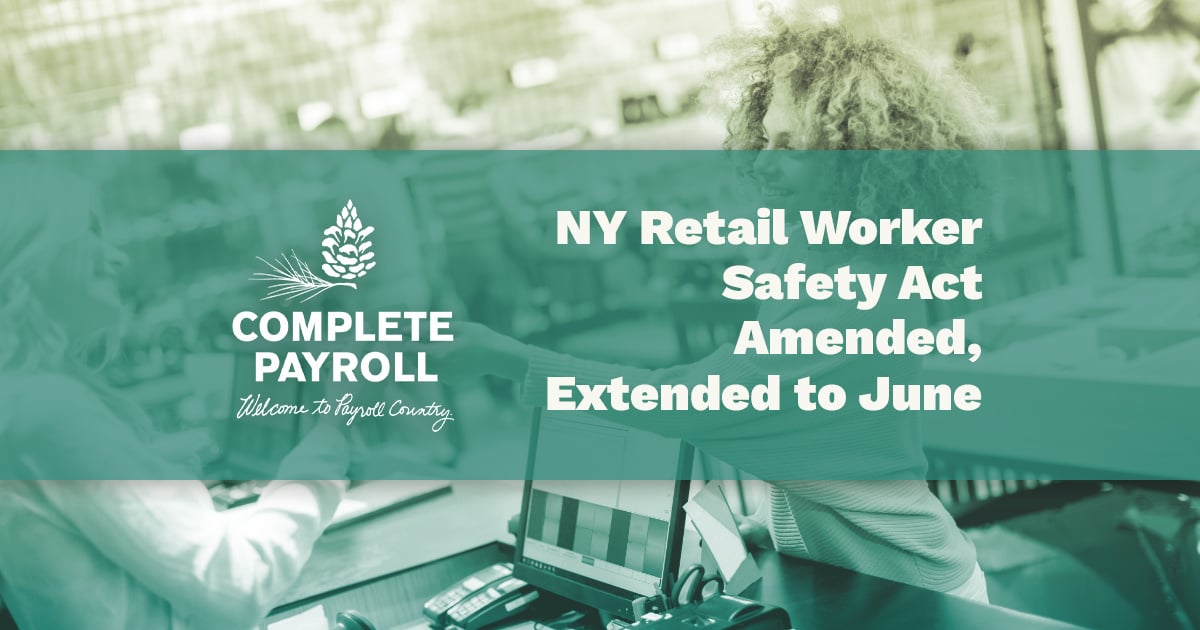Federal Occupational Safety and Health Act
Overview of Law
With the Occupational Safety and Health Act (the Act), Congress created the Occupational Safety and Health Administration (OSHA) to assure safe and healthful working conditions for workers by setting and enforcing standards and by providing training, outreach, education, and assistance.
The Act applies to all private-sector employers and generally requires that they provide a workplace free of serious recognized hazards. In addition, OSHA has set general safety standards and standards specific to certain industries. OSHA also has specific recordkeeping and reporting requirements.
Standards
Federal law requires that employers comply with all applicable standards set by the Occupational Safety and Health Administration (OSHA). OSHA divides its standards among four categories: general industry, construction, maritime, and agriculture.
Examples of general industry standards include the following:
- Keeping all workplaces clean, orderly, and sanitary
- Removing any hazards, such as sharp or protruding objects, loose boards, corrosion, leaks, spills, snow, or ice, from any surfaces where workers walk
- Certain design, use, and inspection requirements for ladders, scaffolds, rope descent systems, and man lifts
- Protecting employees from falls and from falling objects
- Ventilation and personal protective equipment
- Noise exposure protections
- Storage and employee exposure to hazardous materials, such as oxygen, flammable liquids, and liquified petroleum gases
- Restrooms, potable water, and vermin control
- Fire protection
- Machinery and power tools
Enforcement
To fulfill its enforcement obligations, OSHA will conduct inspections, training, outreach, education, and assistance.
For information about inspections, see the OSHA Inspections Laws page under Recommended Content on the left.
OSHA’s On-Site Consultation Program offers free and confidential advice to small and medium-sized businesses, with priority given to high-hazard worksites. On-site consultations are separate from inspections and do not result in penalties or citations.
OSHA offers training materials and resources to help broaden worker and employer knowledge on the recognition, avoidance, and prevention of safety and health hazards in their workplaces. These resources are available here.
OSHA’s voluntary Outreach Training Program provides information regarding workers’ rights, employers’ responsibilities, and how to file a complaint. Workers can attend 10-hour or 30-hour classes led by OSHA-authorized trainers.
OSHA is also available to answer questions about compliance and can be reached at 800-321-6742 (OSHA).
Distracted Driving
It is a violation of the Occupational Health and Safety Act to require employees to text while driving or to organize their work in such a way that texting while driving is effectively necessary. Under the Act, employers must provide a workplace free of serious recognized hazards, and texting while driving dramatically increases the risk of injury or death. The Occupational Safety and Health Administration recommends that employers eliminate financial or other incentives that encourage workers to text while driving.
Ergonomics
Ergonomics refers to the practice of making the workplace safer, easier, and more comfortable to use. Ergonomics can prevent work-related musculoskeletal disorders (MSDs), such as carpal tunnel syndrome, tendinitis, and back injuries. Work-related MSDs frequently cause lost or restricted work time. By using ergonomics, employers can reduce MSDs as part of their obligation to provide a safe and healthful workplace for their employees.
The Occupational Safety and Health Administration has developed industry-specific guidelines to help minimize injuries and offers an on-site consultation program to small- and medium-sized businesses.
Inspections
As part of its mandate to ensure safe and healthful workplaces, the Occupational Safety and Health Administration (OSHA) conducts investigations and on-site inspections. Subject to specific exceptions, employers can require a warrant before allowing an OSHA inspector into the workplace.
During the inspection, the OSHA inspector walks around the worksite to look for hazards that could cause an injury or illness. The inspector will also review the worksite injury and illness records and the official OSHA poster. Employers cannot interfere with the inspection and, if possible, should address any violations immediately to show good faith.
Retaliation
Employers cannot retaliate by taking adverse action against an employee because they engaged in a protected activity related to workplace safety or health. Protected activity includes any of the following:
- Reporting to an employer or governmental agency any unsafe or unhealthful working conditions.
- Testifying or otherwise participating in an investigation or civil or administrative action.
- Refusing to do a job because of hazardous conditions if the following three requirements are met:
- The employee reasonably believes that they face death or serious injury.
- The employee has tried unsuccessfully to get the employer to correct the hazardous condition and cannot otherwise do the job safely.
- The situation is so urgent that the employee does not have time to correct the hazardous condition by calling OSHA.
Recordkeeping and Reporting Requirements
The Occupational Safety and Health Act has specific requirements employers must follow to stay compliant. See the complete overview of OSHA recordkeeping and reporting requirements here.
Got a labor law question?
Our team helps employers with labor law compliance every day. Complete the form below to ask a question or request some help.
General Disclaimer
The materials and information available at this website and included in this blog are for informational purposes only, are not intended for the purpose of providing legal advice, and may not be relied upon as legal advice. The employees of Complete Payroll are not


















